The content of the article
Let's talk today about why the leaves of a room rose turn yellow. What to do? - This question worries many gardeners. The reasons for this are not so many, each has characteristic features. Therefore, it will be easy to determine exactly what your room rose does not like.
Trace elements
Very often leaves turn yellow from a lack of mineral fertilizers. And in different ways:
- Nitrogen. The leaves turn yellow whole, starting from the bottom. Then fly around. The speed of yellowing is gradually increasing, leaf fall is accelerating. Shoots turn pale green or blush.
- Iron. Between the veins, yellow spots of chlorosis appear on the leaf plate. At the same time, the veins themselves remain characteristic of the color variety. The process begins on young shoots and spreads from top to bottom.
- Potassium. A clearly visible yellow border appears on the leaves, which soon dries up. Signs are visible throughout the plant.
- Manganese. Yellowish spots appear on the lower leaves. Veins remain the usual color. The process goes from bottom to top along the stems.
You should not immediately shove a full complex mineral fertilizer into the water for irrigation. An overabundance of certain trace elements also leads to yellowing and leaf fall. First, determine exactly what your beauty is missing, and only then feed her with a certain look.
But not horse doses! The plant is already weakened, and you also burn the roots with an overdose. First make a half-dose fertilizer solution. And after 14 days you can already make the full dose.
In the future, do not forget about regular food for a room rose. After all, she needs a lot of strength and energy for a set of buds and long flowering. After this, the flower is sometimes so depleted that it can die before it turns yellow. Even a regular transplant into a new soil is not able to cover the needs of a room rose for trace elements.
Tip. To avoid such problems (you suddenly forget), use fertilizers in the form of sticks or tablets. These are the so-called long-playing forms. They dissolve gradually, with each watering, and give the room rose exactly as much nutrition as needed. And in full.
Excessive humidity
This cause of yellowing of leaves in a room rose is often confused with a lack of nitrogen. Similarly, leaf blades change pigmentation completely, starting with the oldest and lowest. The process is gradually accelerated, the leaves fly around, then the flower dies.
You can distinguish these signs only after feeding the plant with urea. If she didn’t help, then you just flooded your beauty. Carefully inspect the drainage holes. They may be clogged with soil or an overgrown root system.
Do not allow this, otherwise a room rose will not just turn yellow, but will begin to rot. And it is good if damage is noticed on time. Then it will be easy to cure. And if it's too late? It’s a pity to ruin such beauty.
In general, this plant loves moisture. The drying up of an earthen coma is completely unacceptable! So how to find a middle ground? The answer is very simple. Only two conditions and your flower will not turn yellow. This is high-quality drainage and watering as the top layer of soil dries. For this, the water should be thawed, settled and at room temperature. Just do not drag fluid from the street after rain or snow. Pure precipitation now exists only in the past. Still poison the plant with the entire periodic table. The tap water will be cleaner.
Tip. Spray a room rose daily with warm water from a spray bottle.High humidity will prevent yellowing and drying of the ends of the leaves.
Disease
The most common disease of all roses is very often confused with the natural aging of foliage. This is not surprising, because the signs are very similar. First lower leaves turn yellow. Then small spots of a dark, almost black hue appear on them. Over time, they grow, the leaf plates dry and die.
The only difference from normal aging is the number of yellowing leaves. There are many throughout the plant. And the natural process involves the loss of one, two.
What to do in such a situation? Folk methods will not help. This is unambiguous. The removal of infected leaf plates does not solve the problem. But you can’t do nothing. Fungicides do very well with black spotting. Prepared strictly according to the instructions and used in the correct dosage, they solve the problem in two, maximum three sprays.
Naturally, fungicides alone do not kill bacteria. But they are very cool in restraining their development and further distribution. Well, further competent care gives the room rose enough strength to cope with a weakened sore.
Tip. The leaves of a room rose can also turn yellow from a viral disease. In this case, you have to part with the beauty. Modern science has not yet come up with methods to combat this scourge.
Pests
Sometimes at a room rose, the leaves slightly change color to a lighter shade, which many confuse with yellowness. In this case, the old leaf plates begin to fade, and the young ones grow deformed and pale. This indicates the presence of pests in the area of the root system.
Gently push the ground away from the base of the trunk and a little deeper. It is there that harmful larvae or worms live. Some sources recommend catching parasites with tweezers. Give it a try. And it’s good if the worm was alone. And if the soil was infected to a greater extent? Will the tweezers slam all over the pot? During this time, a room rose will simply bend.
Do not rely on your sleight of hand, it may be insufficient. Use any broad-spectrum or long-acting systemic insecticide. Be sure to repeat the soil treatment after a month.
Tip. Be sure to transplant the indoor rose from the store soil into your own. But only after disinfection by freezing or heating in the oven.
Other reasons
Here we intentionally did not give too prosaic reasons for the yellowing of leaves at a room rose. Any self-respecting gardener, before breeding a new flower, thoroughly preliminarily studies the conditions of detention and the rules of care. Therefore, it is not described what to do in case of sunburn or banal hypothermia of a room rose.
Lack of lighting or too high ambient temperature are also provoking factors of yellowing and leaf fall.
By the way, some varieties of indoor roses are deciduous. That is, they have a distinct rest period from October to February. Learn more from the seller or online. Yellowing and dropping leaves may be a preparation for wintering, and not a disease. Suddenly, your plant goes to bed, and you break your head, but stuffed with fertilizers? Better prepare a cool room for a good rest of the beauty.
Well, we discussed the most common reasons why leaves of a room rose turn yellow. What to do? - also found out. We really hope that now your beauty will cease to be naughty and will often please you with gorgeous flowers.
Video: what to do if leaves grow yellow at a room rose

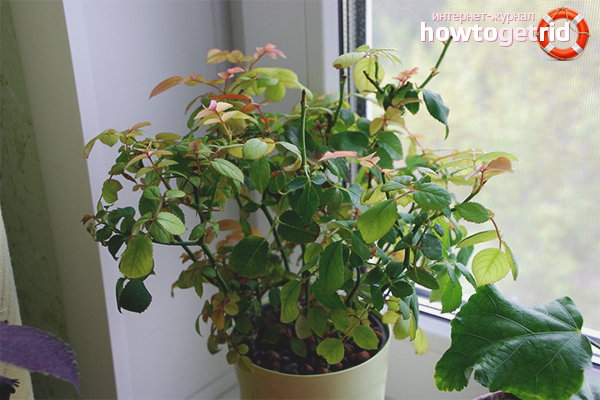
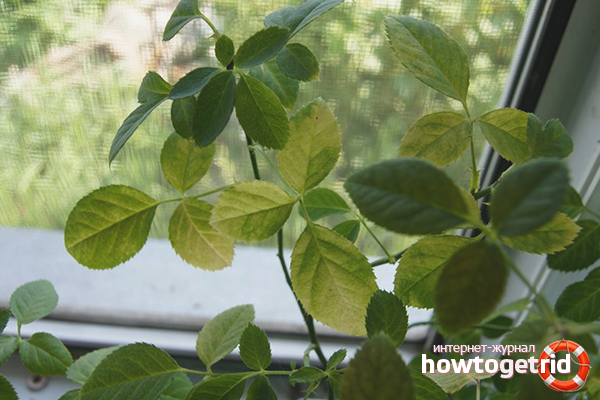
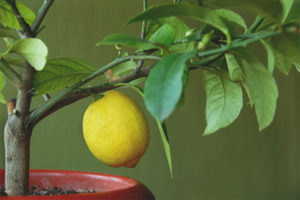
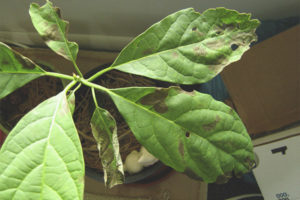
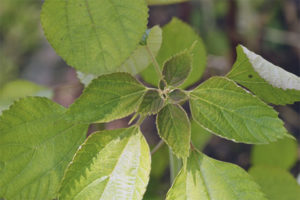

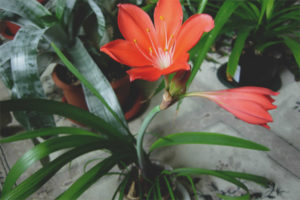

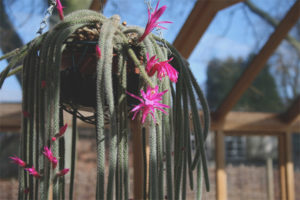
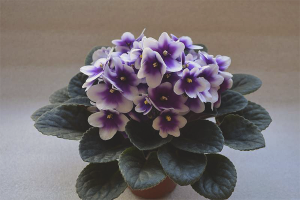
Submit